The terrain deformation is great and the draw distance is good. It also runs very well. It's not a visual masterpiece, but it's definitely solid.
- IGN
December 2, 2009 | Full review
Tons of races and events on smartly designed courses.
- GameSpot
December 7, 2009 | Full review
Reflex controls are a good addition.
- Video Gamer
February 16, 2010 | Full review
While other games have made wet dirt beautiful with their terrain-changing technology, Reflex has evolved the tech so it also has a real impact on gameplay.
- Games Radar
December 9, 2009 | Full review
Shake up the traditional Rainbow Studios motocross formula with new rider controls on the right analog stick.
- Game Informer
December 1, 2009 | Full review
The graphics are very pretty, despite the fact – by necessity for dirt bike and ATV racing – the engine is used mostly to render earth in various muddy shades. Tricks are quite intuitive once you are used to the controls, and the feeling of having to balance your rider as well as steer is great for immersion.
- The Guardian
February 3, 2010 | Full review
Apart from the impressive terrain deformation technology that is employed by this title, the first thing that we noticed about the game was the control system that is easily one of the most sturdy that we have seen on the 360.
- Impulse Gamer
| Full review
Fortunately, the controls for this game are really well done. When you are racing you can control both the vehicle and the racer independently giving you much more control over what happens during the race. You steer the vehicle with the left analog stick and you control the position of your racer with the right. You can control whether they lean forward or backwards or whether they lean left or right.
You steer the vehicle with the left analog stick and you control the position of your racer with the right. You can control whether they lean forward or backwards or whether they lean left or right.
- Totally Gaming
December 15, 2009 | Full review
Reflex is the best game in the MX vs. ATV series to date, and is an all around great racer. The physics and gameplay enhancements really improve this release over past iterations, and the introduction of deformable terrain is a nice touch.
- Gaming Excellence
| Full review
My only complaint here is that most of the vehicles could feel more substantial with a little more weight to them. Some of the trucks and bigger vehicles can fly when you hit a bump so they can feel a little too feathery, especially on uneven courses.
- IGN
December 2, 2009 | Full review
Disappointing visuals, especially on the PlayStation 3.
- GameSpot
December 7, 2009 | Full review
There's a decent draw distance on offer, but the environments lack the level of detail we've come to expect from modern racers. The frame rate also struggles on PS3 - something that the Xbox 360 version has next to no trouble with.
- Video Gamer
February 16, 2010 | Full review
Character and vehicle customization could be better.
- Games Radar
December 9, 2009 | Full review
MX vs. ATV: Reflex's new controls point to a new direction in the series, but this game doesn't fully deliver.
- Game Informer
December 1, 2009 | Full review
The training section is slow and frustrating, even without the disembodied voice of Captain Kirk criticising your every failure.
- The Guardian
February 3, 2010 | Full review
Our only issue with the game is the who definitely sounds forced and at times quite annoying. Double Bummer.
Double Bummer.
- Impulse Gamer
| Full review
You can stay and practice as long as you want and then once it is loaded simply hit the start button to begin the event. At times the loading can be a bit slow, however, you really won’t notice all that much because you will be practicing your new tricks.
- Totally Gaming
December 15, 2009 | Full review
In Reflex, while this is often the case, there's a bit of random luck involved. As well, coming into contact with soft bails at the side of each track seem to cause a strange interaction with the bikes and ATVs, you'll usually go flying with even a minor collision at low speed. It's even worse with the larger vehicles and walls, simply brush up against a wall or another buggy and you'll often flip uncontrollably.
- Gaming Excellence
| Full review
 ATV: Reflex (Game)
ATV: Reflex (Game)No recent wiki edits to this page.
MX vs. ATV Reflex uses the all new Reflex engine which allows for greater control over the riders movement. As usual, the left analog stick is used to steer, but now, the right analog stick is used to shift the riders weight allowing for more precise jumping and landing. For instance, pulling the right stick back just before a jump and then pushing it forward at the exact moment the bike is leaving the ground enables the rider to jump farther. Then, when about to land the right stick can be used to adjust the way the bike is landing, making it easier to make sharp turns or land tricks effectively. The right stick is also used to do tricks while in the air. When in the air, holding down the trick button and moving the right stick in specific directions will make the rider do tricks such as windmills and back flips.
Another new feature the Reflex engine brings is the ability to make ruts in the ground where you are riding. This gives the terrain the potential to change over the course of many bikes riding in the same spot, and it also allows the player to see where it is the AI controlled riders are riding if they are having trouble with a certain part of the track. More than anything though, the ruts make the game feel and look more realistic than previous entries in the series.
MX vs. ATV contains motocross, supercross, omnicross, waypoint, and champion sport racing modes as well as a trick focused mode called freestyle, and a free roam mode. Every race has three possible medals which are bronze, silver, and gold.
Motocross is the basic motobike racing in off-road terrain. There are some variations on the simple lap race throughout the motocross series that include 1v1 racing as well as a mode where the player will start in last and have to finish the race in first after a set amount of laps.![]() There are three different motocross series in motocareer: National Series 1 which contains four races, National Series 2 which contains four races, and National Series 3 which contains eight races.
There are three different motocross series in motocareer: National Series 1 which contains four races, National Series 2 which contains four races, and National Series 3 which contains eight races.
Supercross is the indoor tighter style racing with sharper turns and jumps which require more precision than the regular motocross races. There are also some variations in the supercross mode other than normal races including an elimination mode in which the racer to finish last at the end of every lap gets eliminated until there is only one racer left. There are three supercross series in motocareer: Supercross Series 1 which contains four races, Supercross Series 2 which contains four races, and Supercross Series 3 which contains eight races.
Omnicross is similar to the regular motocross in that it takes place in open outdoor terrain, but is different because any vehicle can be chosen for the races. One of the variation races in omnicross is a type of checkpoint race where the rider that has the fastest times between multiple flag sets. There are three supercross series in motocareer: Omnicross Series 1 which contains four races, Omnicross Series 2 which contains four races, and Omnicross Series 3 which contains eight races.
One of the variation races in omnicross is a type of checkpoint race where the rider that has the fastest times between multiple flag sets. There are three supercross series in motocareer: Omnicross Series 1 which contains four races, Omnicross Series 2 which contains four races, and Omnicross Series 3 which contains eight races.
Waypoint races are races that are simply a race to specific points instead of a lap race. There are two basic variations to the waypoint race. The first is a race against others to get to all the points before anyone else, and the second is a race against time in which time is added when crossing a waypoint. There are three supercross series in motocareer: Waypoint Series 1 which contains three races, Waypoint Series 2 which contains three races, and Waypoint Series 3 which contains four races.
Champion Sport is the main series for the larger vehicles except for the last race in every series which is for only MX bikes and ATVs. Basic races are the main mode for champion sport but it also contains some variations of the special races in the other series. There are three champion sport series in motocareer: Champion Sport Track S1 which contains three races, Champion Sport Track S2 which contains three races, and Champion Sport Track S3 which contains six races.
Basic races are the main mode for champion sport but it also contains some variations of the special races in the other series. There are three champion sport series in motocareer: Champion Sport Track S1 which contains three races, Champion Sport Track S2 which contains three races, and Champion Sport Track S3 which contains six races.
Freestyle is the series that focuses entirely on tricks. The tricks you do are rated in four different ways and you then receive an overall score at the end to determine your placement in the series. The four ratings are difficulty, flow, variety, and execution. Difficulty is how deter minded by how many trick combos you can string together and whether those tricks are difficult or easy. Flow is determined by how well you use the entire course. Using all the ramps instead of just one or two is a good way to score the maximum amount of points for each trick. Variety is simply determined by whether or not you repeat the same tricks in a run. Finally, Execution is determined by whether or not you are wrecking, as well as how clean you are landing. Wrecking often and getting shaky landings can greatly hurt an overall score. There are three freestyle series in motocareer: Freestyle Series 1 which contains three events, Freestyle Series 2 which contains three events, and Freestyle Series 3 which contains five events.
Finally, Execution is determined by whether or not you are wrecking, as well as how clean you are landing. Wrecking often and getting shaky landings can greatly hurt an overall score. There are three freestyle series in motocareer: Freestyle Series 1 which contains three events, Freestyle Series 2 which contains three events, and Freestyle Series 3 which contains five events.
Free ride open world race series that gives the player a gaint area to explore as well as do specified tasks. There is only one free ride series that contains three events, and in each even there are four different goals to complete. In each area there is a checkpoint race, a target hitting race, a mountain climb, and certain number of flags to collect.
There are seven different types of rides in the game and each has many different vehicles to buy and customize. Vehicles and customization options are purchases with money earned from completing races.
MX Lite is the slower less powerful MX bike. There are ten MX Lite bikes:
MX is the faster more powerful MX bike. There are ten MX bikes:
ATVs are slower than bikes but easier to control and harder to wreck. There are nine ATVs:
UTVs are faster and more powerful than ATVs but significantly slower and weaker than the buggies and trucks. There are twelve UTVs:
There are twelve UTVs:
Sport trucks are a little bit slower and less powerful than buggies and sport 2 trucks but are very balanced. There are ten sport trucks:
Sport buggies are fast and easier to steer than sports trucks. There are ten sport buggies:
There are ten sport buggies:
Sport 2 Trucks are the fastest and most powerful vehicles in the game. There are ten sport 2 trucks:
Other than the players rider there are five riders in the game:
sizepositionchange
sizepositionchange
positionchange
positionchange
positionchange
bordersheaderpositiontable
positionchange
Enter the URL for the tweet you want to embed.
Few of us follow what's going on in the world of motocross, or even know the names of key racing stars. However the sight of motorcycles wallowing in the mud invariably produces on men aged from 12 to 32 years old hypnotic impression - there is something in this sport something that distinguishes it from civilized and skimmed asphalt races. Not high speeds - they just don't exist here. And not even the number of broken bones riders, which is much higher than in other disciplines. Case, most likely in a different way: to be a motocross star, you need to do more than just ride faster than anyone - you need to do it spectacularly, to be a real actor in the saddle.
Perhaps this is why motocross (compared to other types of racing competitions) has so many girls. Prancing on a two-wheeled horse is not for you to sit inside a cramped car where no one can see you anyway. The main thing here is the show. When riders in bright overalls overcome a climb so steep that the stairs in your entrance, in comparison with it, it will seem like a smooth avenue, to them involuntarily get respect. Therefore, the demand (albeit very limited) for simulators motocross always exists, and sometimes among them there are really good games. Now, with the advent of MX vs ATV Reflex , there was one more.
The main thing here is the show. When riders in bright overalls overcome a climb so steep that the stairs in your entrance, in comparison with it, it will seem like a smooth avenue, to them involuntarily get respect. Therefore, the demand (albeit very limited) for simulators motocross always exists, and sometimes among them there are really good games. Now, with the advent of MX vs ATV Reflex , there was one more.
| The start of motocross is a special ritual that is reminiscent of racetrack racing. Until the iron barrier comes down, everyone gets nervous and keeps their hand on the clutch lever. |
Despite the fact that Rainbow Studios was a bit whether not single-handedly brought to the people three-dimensional motorcycle racing (ancient Motocross Madness - just their work), the first game to notice the show appeal of this discipline was last year's Pure . Aerial acrobatics at a height of 50 meters above the ground had little to do with real motorcycle racing, but it was largely thanks to her that the Black Rock Studio broke the bank. MX vs ATV Reflex, which still adheres to the laws of the real world (included licensed racers and championships), against this background it looks real anachronism. Motorcycles (as well as quads, buggies and pickup trucks) go around and bounce around on artificial springboards - well, where have we not seen anything like this?
Aerial acrobatics at a height of 50 meters above the ground had little to do with real motorcycle racing, but it was largely thanks to her that the Black Rock Studio broke the bank. MX vs ATV Reflex, which still adheres to the laws of the real world (included licensed racers and championships), against this background it looks real anachronism. Motorcycles (as well as quads, buggies and pickup trucks) go around and bounce around on artificial springboards - well, where have we not seen anything like this?
Meanwhile, right now the series is experiencing the second revolution in its long history (the first happened with the advent of quads and the abbreviation ATV in the name), only this time - technological. physically correct the dirt that is now in every first off-road race is now available and real motocross riders. Another thing is that in some Colin McRae DiRT 2 this very dirt is first of all decor element. Rally cars pulled out clods of earth with their wheels and left behind a barely visible track, but this had practically no effect on the behavior of cars. Motocross is another matter. While racing down the compact and bulldozed track, two-wheeled motorcycles manage to gouge a real gutter in the mud meter depth, which is especially difficult to ignore when cornering (steering pulls out of the hands with terrible force). And if the race takes place on wet ground (track they are specially poured with water before the start so that spectators and riders do not suffocate in clouds of dust), then the track also manages to fill with water - also physically correct. H 2 O ripples, dislodges sunken wheels from the bottom and severely disappoints everyone who likes to overcome the fords without slowing down the gas.
Motocross is another matter. While racing down the compact and bulldozed track, two-wheeled motorcycles manage to gouge a real gutter in the mud meter depth, which is especially difficult to ignore when cornering (steering pulls out of the hands with terrible force). And if the race takes place on wet ground (track they are specially poured with water before the start so that spectators and riders do not suffocate in clouds of dust), then the track also manages to fill with water - also physically correct. H 2 O ripples, dislodges sunken wheels from the bottom and severely disappoints everyone who likes to overcome the fords without slowing down the gas.
| All eyes on the ruts: a couple of laps ago they were not here, but now you can get stuck. | The quads aren't as fast and bouncy as the Pure, but that just makes riding harder. |
The model of vehicle behavior has also become more reliable - now, when you see a fallen tree on the road, the trunk of which is thicker than the wheel of your ATV, you involuntarily retract your neck and brake almost to zero, because if this is not done, the rider will have to dampen the speed with his own body. On in a heavy pickup truck, the same obstacle is perceived much more calmly, but on motorcycle ... In general, if you have ever tried to overcome on a bicycle wet tram tracks or curbs, then there is nothing to explain, and if not - just never try to do it at a sharp angle.
On in a heavy pickup truck, the same obstacle is perceived much more calmly, but on motorcycle ... In general, if you have ever tried to overcome on a bicycle wet tram tracks or curbs, then there is nothing to explain, and if not - just never try to do it at a sharp angle.
| Racing pickups from Colin McRae DiRT 2 as guest stars. |
In general, you have to fall all the time in the game. First of all, because of the aggressive but stupid opponents who often go "on contact". And in the second - when trying to perform some famously twisted trick. The tricks themselves are an integral part of motocross, and in the past parts series for their performance awarded separate points. But since Pure closed this topic for good, the developers of MX vs ATV Reflex seem to have quieted down and pushed the tricks into the background. Now, during a regular race, no one makes us look for the jump button - just sit firmly in the saddle and slightly tilt the body when cornering.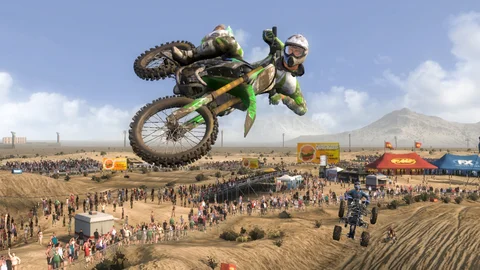
Here, too, one small innovation is hidden - if you landed badly or somehow lost control, the game always gives a couple of seconds to correct the situation. You just need pull the right stick in the indicated direction, and the rider who previously held the steering wheel with one hand, will return to the saddle again. Not the worst way to use quick-time events in racing - anyway much more honest than the ubiquitous time rewind.
When it comes to content and variety, Rainbow Studio has reached some cosmic heights over the years of working with the genre. We have already said that in addition to motorcycles, there are quads and other four-wheeled units in the game, that you need to discover in the course of a career. And which (most chic!) can also race against each other. It turns out almost MotorStorm in miniature - light motorcycles at a glance rush forward, but on the first straight they are caught up and rolled into the mud heavy pickups. And the main guarantee of survival in such races is usually the ability do not climb on the rampage and stay away from local battles.
And the main guarantee of survival in such races is usually the ability do not climb on the rampage and stay away from local battles.
Other than regular circuit racing, checkpoint orienteering, freestyle, supercross (where it takes place in a closed stadium and tracks are especially slow and insidious), the developers for some reason added to the game freeplay. In this mode, we simply explore a deserted piece of territory in search of new flags and tasks, while trying to understand if we have already passed by this pine or not. Fortunately, unlike the boring Fuel is not the main mode here, but just a way to unwind.
| Tracks are a real gem of the game. There are a lot of them, and they are all dirty. | But why a thoroughly dirty motorcycle has a perfectly clean tread (at least in the Xbox 360 version) is a separate question for the developers. |
Despite the best dirt in video games, which finally not only loads the processor, but also has reliable physical properties, MX vs ATV Reflex is quite highly specialized race.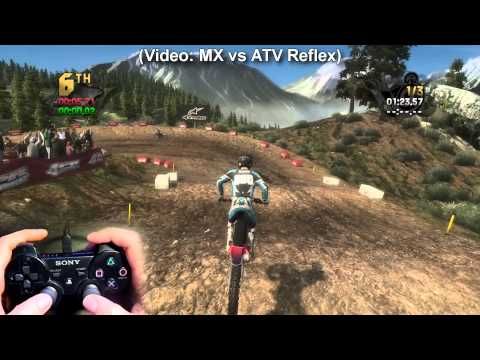 Fans of bright graphics and high speeds choose MotorSorm: Pacific Rift , and for those who don't have a PS3, there's still a multi-platform Pure. The most important condition when buying Reflex is to love motorcycles and motocross, and the game will take care of everything else.
Fans of bright graphics and high speeds choose MotorSorm: Pacific Rift , and for those who don't have a PS3, there's still a multi-platform Pure. The most important condition when buying Reflex is to love motorcycles and motocross, and the game will take care of everything else.
Formula of the game: 50% MX VS ATV: Untamed + 40% of this mud + 10% of improved graphics
gameplay: 8
Graphics: 7
9000 Sound and music: 8Management: 8
Plot: -
Stability:
Originality: 7
Estimates: 8.0
Choose the type of bike (mountain, road, BMX, children, etc.)
All bikes can be divided into types according to their purpose. Urban - designed for a comfortable ride on asphalt and bike paths. Mountain - for driving over rough terrain. Highway - for driving at high speed on roads with good coverage. On the links below, you can get acquainted with the main categories:
Highway - for driving at high speed on roads with good coverage. On the links below, you can get acquainted with the main categories:
Most popular bike types
Mountain bikes
Women's bikes
Children's bicycles
City bikes
Folding bikes
Teenage bikes
Electric bicycles
If the answer to the question "where?" assumes trips in the city, on asphalt and bike paths - you need to choose among city or road bikes. These bikes will have a rigid fork and tires with a smooth tread for better rolling on asphalt. But the road category is quite large and contains many destinations. The answer to the question: “how are you going to ride?” will help further narrow down your options:

If most of the time you will be moving along dirt roads, stones, roots and other off-road - you need a bike with good cross-country ability and durability, with wide tires and a suspension fork. So, we are considering the mountain bike class (mountain bike, MTB). Here, too, there can be many options and individual directions, the choice of which depends on the intended driving style. Decide what is more important to you: comfort on your daily rides, the ability to ride at high speeds, or the confidence that the bike will withstand jumps and rides over bumps?
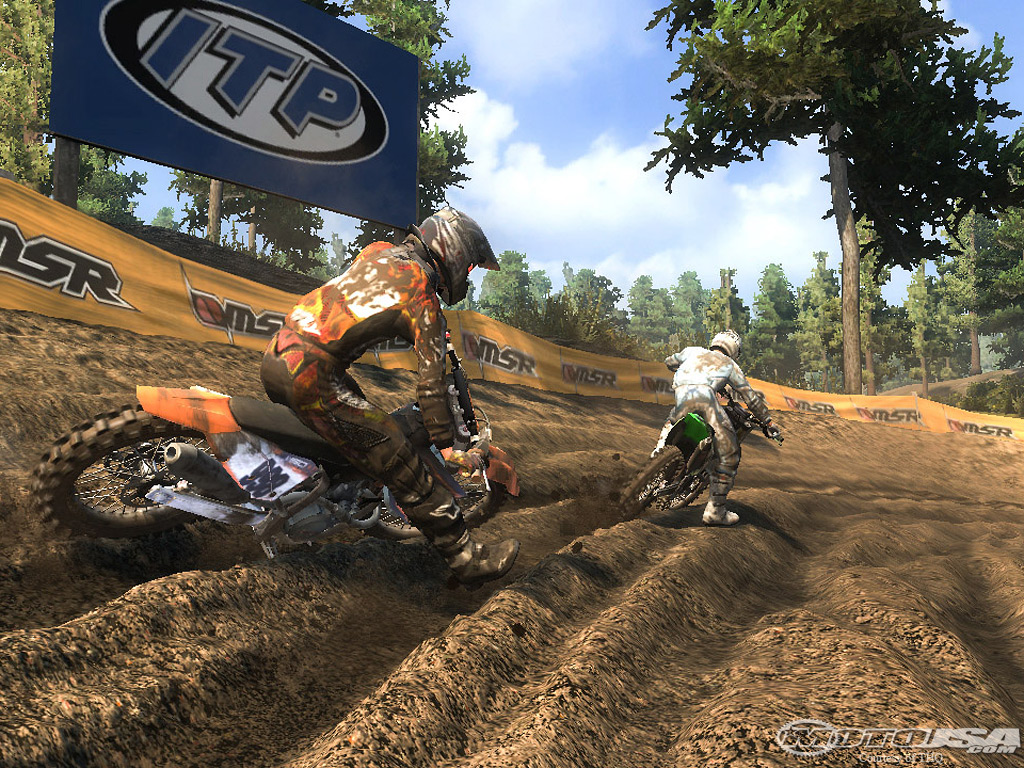
If you are choosing your for the first time on a bike and still having trouble answering these questions, the best choice would be comfortable amateur-level hardtails. These are universal models, riding on which allows you to understand what exactly attracts you the most: speed, conquering off-road, fast descents, jumps or a calm ride “no bells and whistles”. On our website, there are many beginner and amateur bikes from world brands: Aspect, Cube, Format, Giant, Trek, Scott and many others. Once you have mastered a similar bike, you can think about purchasing a more expensive and specialized model.
Who will ride the bike?
Are you looking for a bike for a grown man? Looking for a female model? Or maybe you need a bike for a teenager or a toddler? Depending on gender and age, advice on how to choose a bike will vary slightly. We bring to your attention thematic articles-tips:
We select a bike for a man We select a bicycle for a woman We select a bicycle for a child Each bike is available in several sizes.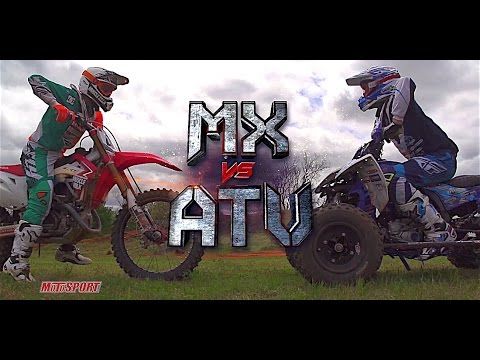 It is very important to determine the size of the frame that will best suit the height of the cyclist. A bike that is too big or too small will simply be uncomfortable to ride. In addition, due to improper landing, the load on the knees, neck and back will increase, and this is already traumatic.
It is very important to determine the size of the frame that will best suit the height of the cyclist. A bike that is too big or too small will simply be uncomfortable to ride. In addition, due to improper landing, the load on the knees, neck and back will increase, and this is already traumatic.
Frame "size" usually refers to the length of the seat tube. In the geometry parameters, it can be found under the designation ST (from English - seat tube). The size of mountain bike frames is usually indicated in inches, road bikes - in centimeters, you can also find letter designations (S, M, L). Manufacturers think through the geometry so that you can not delve into small nuances and feel comfortable on a bike, simply by choosing it according to your height.
The data in the figure on the left will help you find the right size. A more accurate size can be found on the page of a specific model in the catalog or in the tables on the manufacturer's website. And for more detailed recommendations on choosing the size of a bike for adults and children, you will find in the tips articles mentioned above.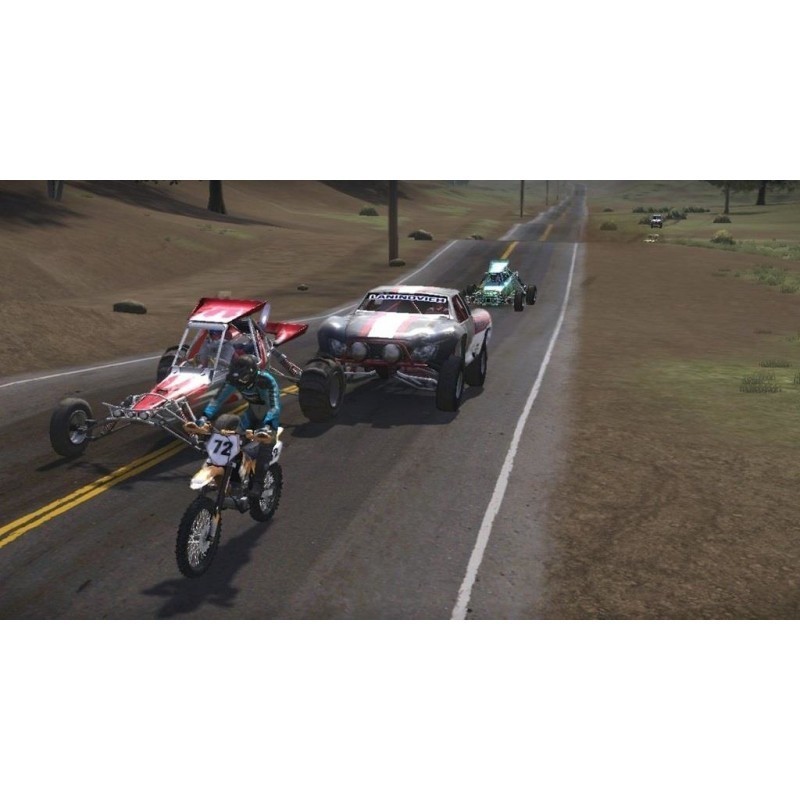
How to choose a bike by height
Specifications
Once you have decided on the type of bike you want, you can view and compare the characteristics of different models in more detail. Each bike can be conditionally divided into two components: a frame and attachments (wheels, fork, pedals, chains, gear shifters, etc.). Next, we’ll cover the main components and briefly look at the pros and cons of their variations.
The main thing in the frame is the strength, lightness and quality of the seams. All other parts of the bike can be replaced if they don't suit you, but the frame is the foundation of the bike. Frames are made of various alloys, which in most cases are based on:
 Of the minuses: they accumulate fatigue and, in case of damage, cannot be repaired;
Of the minuses: they accumulate fatigue and, in case of damage, cannot be repaired; Adult mountain bikes come in three wheel sizes: 26", 27.5" and 29". There is no direct relationship between the size and height of a cyclist. The choice of wheel size is a personal preference, which is formed with the experience of riding different bikes:
Road and road bike wheels standard 28”. The wheel size of folding bikes is usually 20”.
The wheel size of folding bikes is usually 20”.
The transmission is the system that transfers power from the rider's feet to the bicycle's wheels. On high-speed bikes, it consists of: front drive sprockets, rear sprockets (cassette or ratchet), chain, cranks, derailleurs and shifters. The ratio of the number of front and rear stars shows how many speeds are on the bike. For most cyclists, 11-18 gears are enough for everyday riding.
There are single speed bikes. Instead of a block of stars, they can be equipped with a fixed star (for fixed-bikes) or a ratchet with one star - freewheel. To ride a bike without speed, you need to be in good physical shape.
A complete set of transmission parts is called a groupset. The world's leading manufacturers of bicycle mechanics, Shimano and Sram, produce groupsets of different price categories, designed for different conditions of use: from beginner and amateur to professional. Each manufacturer has its own classification. The more expensive the groupset and the higher its level, the longer its service life will be, less weight, higher speed and gear shifting accuracy. Often, components of different levels and even different manufacturers are used on the same bike.
The more expensive the groupset and the higher its level, the longer its service life will be, less weight, higher speed and gear shifting accuracy. Often, components of different levels and even different manufacturers are used on the same bike.
Cushioning is needed to absorb shocks and vibrations when jumping and driving over bumps, as well as to ensure the proper level of grip of the wheel with the surface. All mountain bikes have at least a front suspension fork ( hardtail ). Forks can be very different in their internal structure: from the most primitive spring to very complex air-oil. Good forks are characterized by the fact that they can be adjusted to the rider's weight with the help of air pumping or blocked.
Bicycle with front and rear suspension called full suspension . Such a system absorbs very strong shocks and is needed for high-speed and more extreme off-road driving. Due to the complexity of the device, two-suspension cannot be cheap.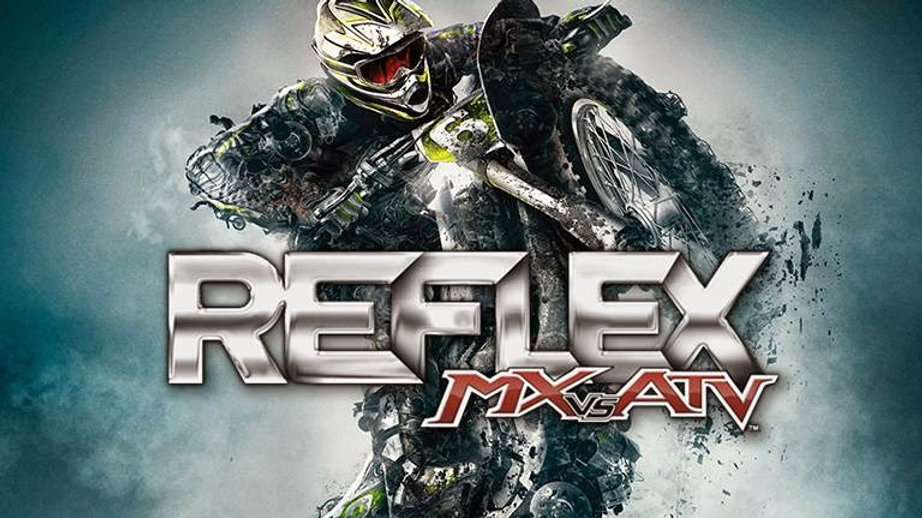
There are bicycles without shock absorption at all, with a rigid fork. They are called rigid . They are designed for riding on flat roads, mainly road and city bikes.
Three options are possible here:
 The cyclist requires minimal hand effort to brake quickly. Minus - such brakes are more demanding to maintain.
The cyclist requires minimal hand effort to brake quickly. Minus - such brakes are more demanding to maintain. To complete the picture, let's mention a foot or drum type brake - when you need to pedal in the opposite direction to slow down. But now it is found only on children's and some models of city bikes.
In this part we want to sort out some of the misconceptions and stereotypes that can lead to mistakes when choosing a bike.
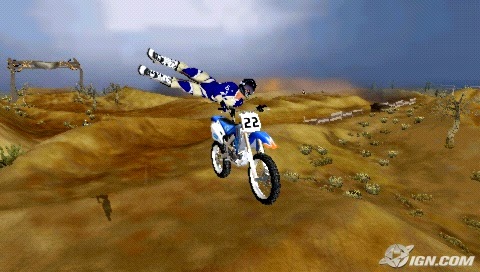 Such a large range (30-33 speeds) is useless for most cyclists. For a comfortable ride, the right gear ratio and the quality of the derailleur are much more important.
Such a large range (30-33 speeds) is useless for most cyclists. For a comfortable ride, the right gear ratio and the quality of the derailleur are much more important. 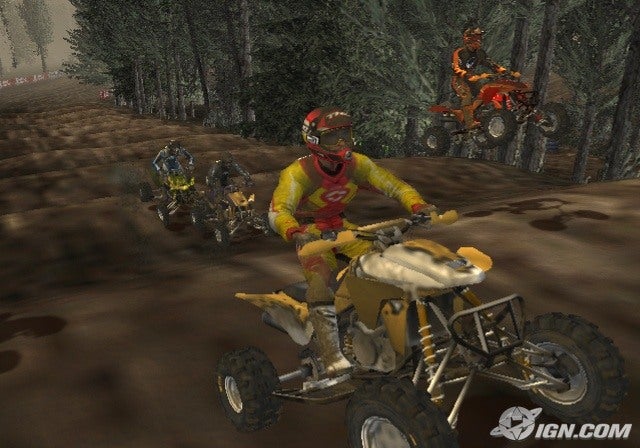 If you want your new bike to please you for as long as possible, do not neglect the simple rules of care and maintenance: keep it clean, store it in a dry place, monitor the wear and tear of parts, and at least once a season carry out MOT - on your own or in a workshop.
If you want your new bike to please you for as long as possible, do not neglect the simple rules of care and maintenance: keep it clean, store it in a dry place, monitor the wear and tear of parts, and at least once a season carry out MOT - on your own or in a workshop. What accessories do you need for a bicycle
Bicycle
computers
Cycling gloves
Flasks and holders
Bicycle helmets
Wings
Tools
Backpacks and bags
Once you've chosen your bike, it's time to think about the accessories you'll need for your daily commute. These can be wings to protect against splashes, a bike lock to safely leave the bike at the shopping center, a lamp for riding in the evening. From equipment it is worth thinking about protection: helmet, gloves, goggles. Also, any cyclist will not interfere with a basic set of tools: a pump, hexagons (multitool), a spare tube.
How to order?
In the catalog of our site, all models are sorted by brands, sections and types. If you are looking for a bike with certain characteristics, then use the advanced search service or contact our consultants by e-mail or by phone: 8 (800) 100-22-33. After choosing a bike, click on the "Add to cart" button, and the order will go to your personal basket. There is no limit to the number of items you can put in your shopping cart. The bikes you have chosen remain in the basket for one week. If after a week the order is not made, the basket will be automatically cleared.
If you are looking for a bike with certain characteristics, then use the advanced search service or contact our consultants by e-mail or by phone: 8 (800) 100-22-33. After choosing a bike, click on the "Add to cart" button, and the order will go to your personal basket. There is no limit to the number of items you can put in your shopping cart. The bikes you have chosen remain in the basket for one week. If after a week the order is not made, the basket will be automatically cleared.
Then go to the "Your Cart" section. View its contents. Here you can see the final cost of the purchase, including delivery, change the number of bikes or delete individual items. After changing the contents of the basket, do not forget to click the "Recalculate" button. Having finally decided on the purchases, click the "Place an order" button.
After you click the "Checkout" button, you will be prompted to enter your e-mail address and password (if you are not yet a registered user on the site, you can also register here).